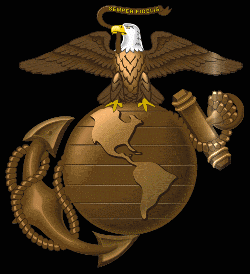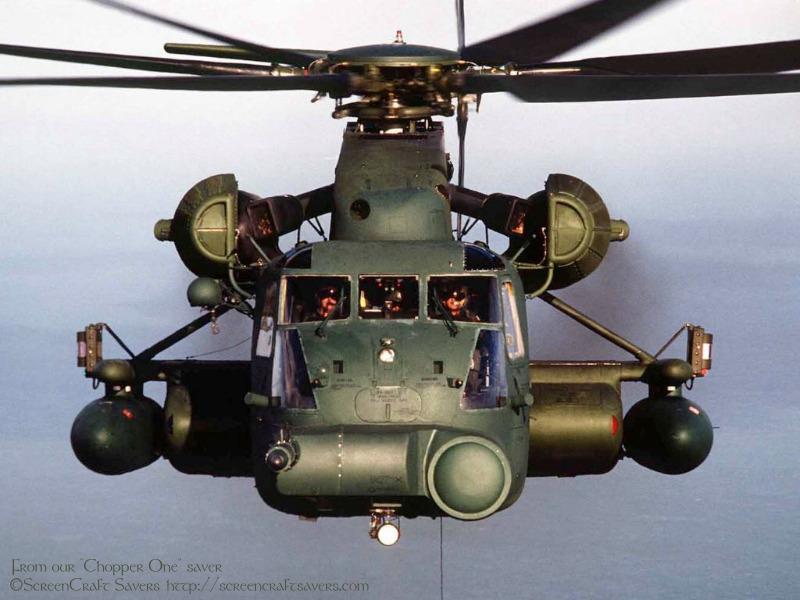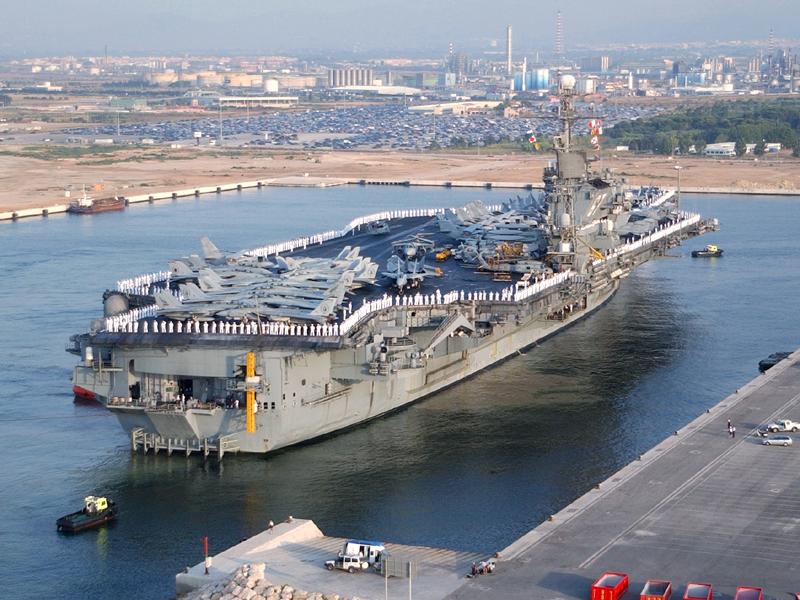|
History of the US
History of the United States Marine Corps
The Continental Congress authorized the formation of two battalions of United States Marines on November 10, 1775, to fight in the American Revolution. The first Marine landing on a hostile shore occurred when a force of Marines captured New Province Island in the Bahamas from the British on March 3, 1776. Marines served on both land and sea during the remainder of the Revolutionary War, but were deactivated after the war ended in 1783. Today the Marines play an active role in the United States military.
Symbols of Tradition
Jacob Zeilin appointed a board to decide and report on the various devices of ornaments of the Marine Corps. On 13 November 1868, the board turned in its report. It was approved by the Commandant four days later, and on 19 November 1868 was signed by the Secretary of the Navy. The emblem recommended by this board consists of a globe intersected by a foul anchor, and surmounted by a spread eagle. On the emblem itself, the device is topped by a ribbon inscribed with the Latin motto “Semper Fidelis†meaning always Faithful. The uniform ornaments omit the motto ribbon.
In the 1700s and 1800s marines whore a black leather collar to protect the jugular vein from the slash of a cutlass. From this Marines got the nick name “Leatherneckâ€Â.
Tradition states that the sword with a Mameluke hilt was presented to Lieutenant Presley N. O’Bannon of the Marine Corps by a former Pasha of Tripoli. It has become the symbol of authority of Marine Corps officers for more than 100 years. It symbolizes the exploits of O’Bannon and his Marines on the shores of Tripoli in 1805.
History of the United States Navy
The Navy is an organized military force. It includes not only ships and personnel but also air and missile forces, and shipyards and shore bases for the building and maintenance of fleets. Navies are used primarily for conquest and defense. In peace, they can perform diplomatic roles, such as showing the national flag. They also play a valuable role in exploration. Modern Navies play several different roles in war. They protect a nation's coast and merchant shipping, launch attacks against enemy coasts and commerce, and land amphibious forces on hostile shores.
Works Cited
Encarta 2003 edition
|




